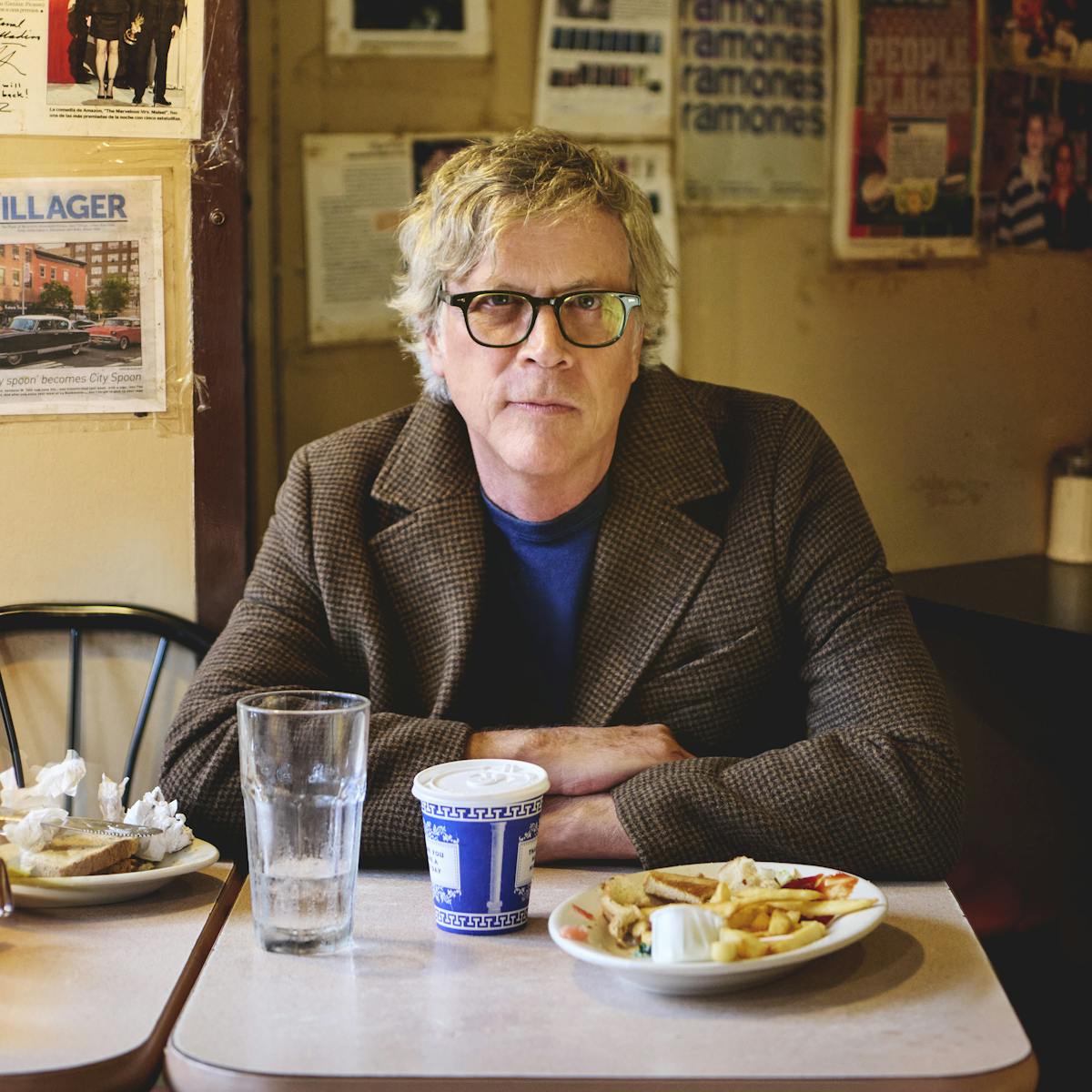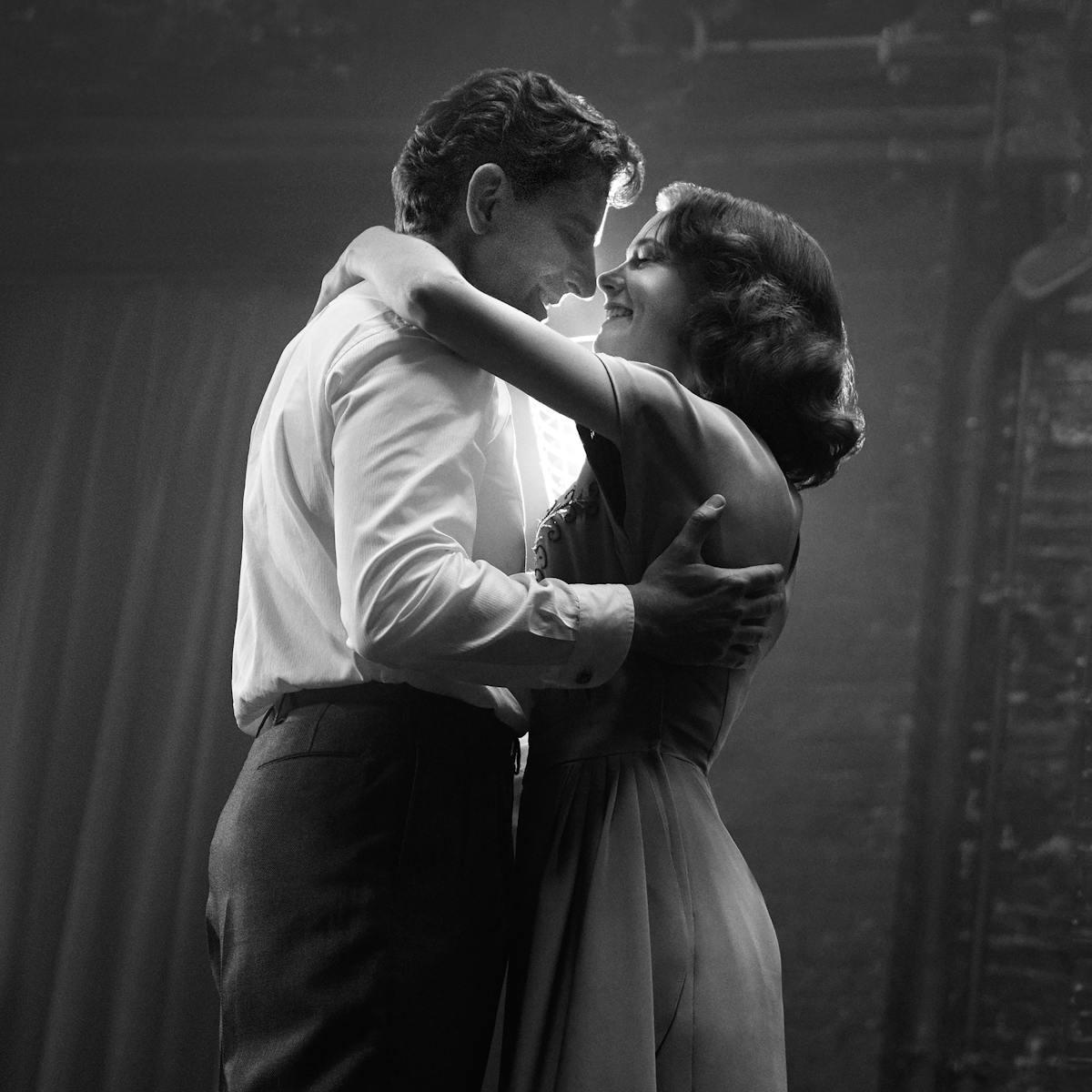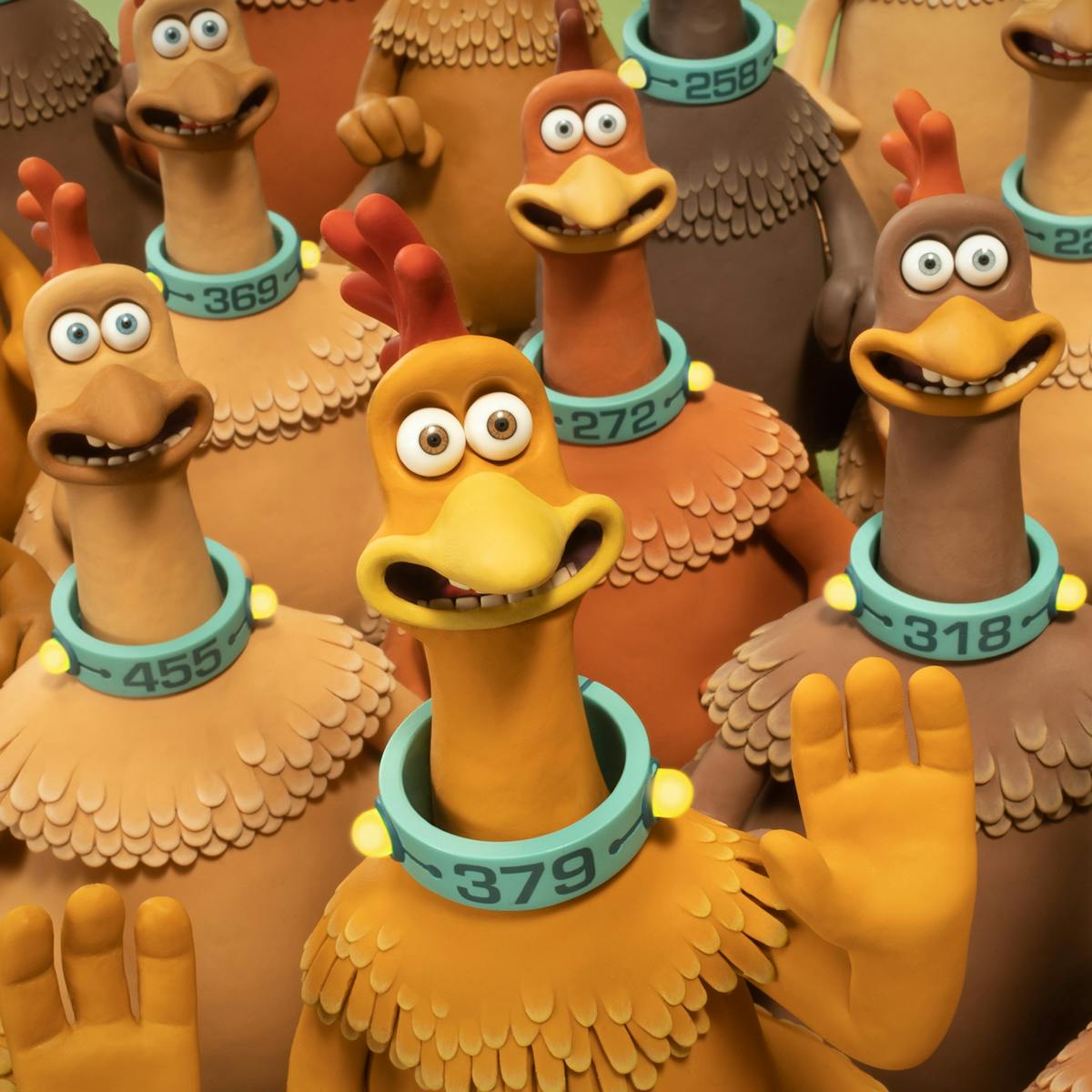Edward Lachman sets the tone for Pablo Larraín’s film about the horrors of dictator Augusto Pinochet.
Casting Augusto Pinochet as a vampire may strike one, at first, as pure imagination, but the Chilean dictator’s parallels to the evil undead are undeniable for Pablo Larraín (Jackie, Spencer). “Vampires do not die, they do not disappear, nor do the crimes and thefts of a dictator who never faced true justice,” explains the award-winning director of El Conde, who saw an image of Pinochet in his floor-length cape years ago and began envisioning him as a vampire.
El Conde’s title, which translates to “the count” in English, refers not only to Count Dracula, that most famous of vampires, but also to the film’s inciting event: the arrival of a deceptively diminutive woman to Pinochet’s remote home (with his wife, children, and beloved servant gathered) under the pretense of conducting a discrete accounting of the dictator’s ill-gotten wealth. Of course, in a vampire’s (or a dictator’s) sphere, things aren’t always as they appear, and as everyone’s true motivations are revealed, the film crescendos into gory chaos and ends with a haunting reminder that history repeats itself. Featuring performances from Jaime Vadell, Gloria Münchmeyer, Alfredo Castro, and Paula Luchsinger., the film debuted at the 80th Venice Film Festival and earned co-writers Larraín and Guillermo Calderón a Golden Osella for screenwriting.

Augusto Pinochet (Jamie Vadell)
Much of El Conde’s power onscreen is derived from its sumptuous black-and-white cinematography, courtesy of Edward Lachman. The Oscar-nominated cinematographer has a long history of working with visionary directors; his résumé includes collaborations with Todd Haynes (notably on the Academy Award-nominated films Carol, I’m Not There, and Far from Heaven), Austrian auteur Ulrich Seidl’s Paradise trilogy, and such memorable films as Werner Herzog’s La Soufrière and Sofia Coppola’s The Virgin Suicides. Lachman says he’d long admired Larraín’s films, “from Tony Manero to The Club to No and Postmortem,” and was drawn to El Conde by the opportunity to work with the Chilean director and to try a new genre. “El Conde is not your traditional romantic possession of a vampire, but it’s a metaphorical way of looking at how politically, culturally, and socially, people were seduced and corrupted by his fascism,” says the cinematographer. “and Pablo did it as this dark satirical comedy.”
Lachman and Larraín decided to shoot El Conde in black and white, working closely together to develop a story that invokes the German expressionist vampire films of yore and unfolds over 250 years. “Creating a narrative around Pinochet as a vampire allowed us to research films that were made in the silent period, from Carl Dreyer’s Vampyr to Nosferatu by F.W. Murnau,” says Lachman. “I didn’t feel like I had to use German expressionistic techniques: Playing off of [my Chilean colleagues’] own world, their own sensibility of what horror they lived through, in that reality I could play with it from a naturalistic point of view and create that expressionism. The world itself had its own abstraction.”
Larraín describes Lachman’s work on El Conde as enigmatic, saying that he “let the black and white be way more than an interesting aesthetic choice. It took it to a very serious perspective of photography, of history, and that makes the movie more universal.” To achieve the distinctive look of the film, Lachman needed to use a camera that didn’t yet exist. He contacted German camera manufacturer ARRI, and they created the ARRI Alexa Monochrome camera, a 4K camera with black-and-white sensors that could be mounted on the 15-foot Technocrane used to navigate El Conde’s sets.

Augusto Pinochet (Jamie Vadell)
The cinematographer went further: “I used a lens rehoused from the thirties that shot black-and-white films from Citizen Kane to Touch of Evil, and I had this [Ansel Adams-inspired] EL Zone System, which is a way of mapping exposure and controlling the highlights and the shadow detail by interpreting where the exposure is in frame. The combination really affected the way people are seeing the image.” Lachman’s attention to detail pays off, resulting in a black-and-white film that feels more multidimensional than its contemporaries, many of which are shot in color and edited to black-and-white in post-production. Says Larraín: “He is a master of lighting and his work in black and white is truly exceptional. He brought this universal perception of high-end photography, and I think that made this film extraordinary.”
Lachman, who studied painting in college, approaches all his work with an artist’s eye. “Images to me are like music,” he says. “They’re a nonverbal form of communication. And what makes film different than a painting or a photograph or a play or music is the language of images and how they move in time and space, that they create a psychology for the audience. You experience the story being told.” In El Conde, one experiences the ecstasy of learning to fly alongside a newly bitten vampire, in a transcendent choreographed sequence that sends the viewer dipping and soaring across the Patagonian terrain. These scenes, shot practically, were accomplished through the choreography of circus artists, an experienced crane operator, and talented stunt doubles, and were among the film’s most challenging. These fantastical moments of flight feel of a piece with the rest of the film, thanks in large part to its cinematography. As Larraín explains, “Black and white gives the perception of a different reality. It was a way to unify our stylistic ideas and create a uniform texture.”
El Conde manages to get at Pinochet’s terrible reign through comedy and a bit of horror, with its cinematography lending the film a necessary, cohesive gravitas. “I’m very grateful we did it like that because I think that making this movie in color would give a sense of escapism from the reality of the story,” says Larraín. The film may utilize the metaphor of the blood-sucking vampire, but its creators end on a note of, perhaps, greater terror: the real possibility of a corrupt dictator like Pinochet forming again, among Chile’s schoolchildren. “Pablo talks about justice as a collective desire and how impunity of horrible crimes happen in history, but they don’t always get their due justice or process,” explains Lachman. “Pinochet died wealthy and free, and so he still lives on in people’s memories and the scars that he created. We all start out as a child, and that’s what’s more horrific, that we can’t explain why somebody ends up that way.”




